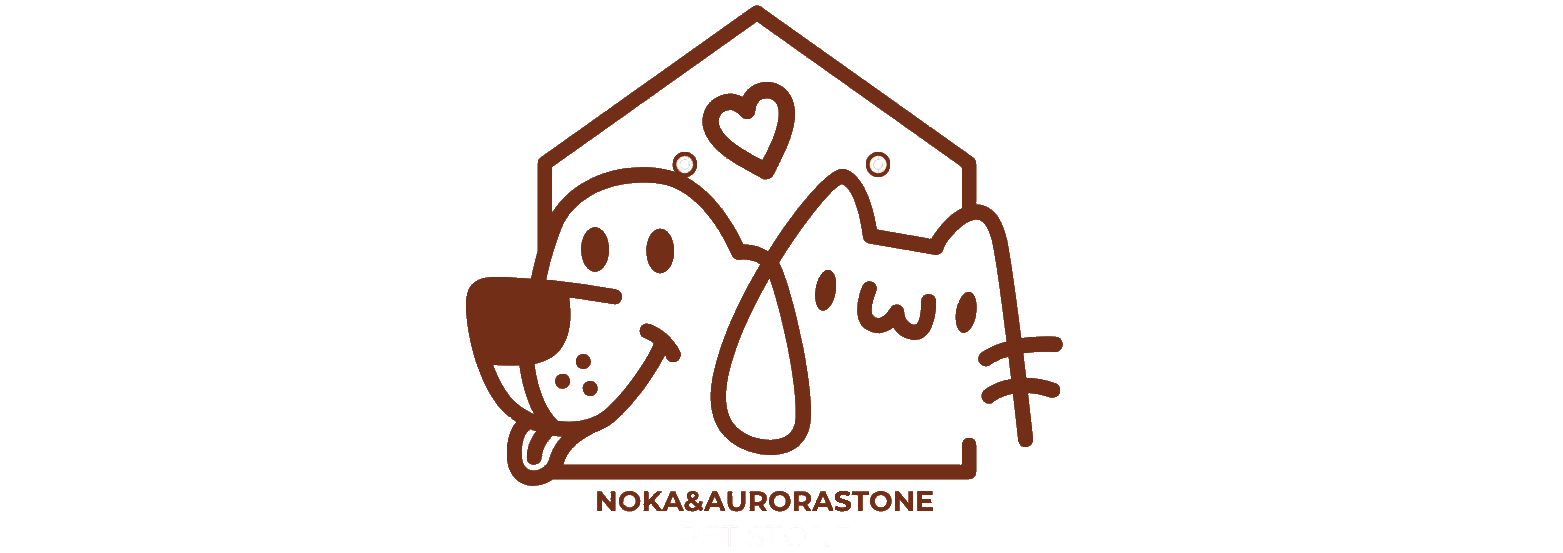When your dog presses their paws against their snout and vigorously rubs their face across the couch—or your lap—it’s easy to interpret this as a quirky, endearing habit. But beneath the surface of those comical scrunches and exaggerated sneezes lies a nuanced form of canine communication. Far from random, this behavior often serves as a multisensory love letter to their human companions, blending affection, instinct, and even hygiene into one fuzzy gesture.

The Paw-to-Face Connection: More Than Just an Itch
Contrary to popular belief, most face-rubbing isn’t primarily about scratching an itch. Veterinary behaviorist Dr. Ellen Choi notes, “Dogs have scent glands in their cheeks and paw pads. When they rub these areas together, they’re creating a ‘scent cocktail’—marking their favorite humans or objects with a personalized aroma.” This ritual, often performed after meals or during greetings, functions as both a bonding mechanism and territorial claim.
Key emotional triggers for face-rubbing include:
-
Affection overload: A response to prolonged petting, akin to a cat’s kneading
-
Stress relief: The pressure releases endorphins during thunderstorms or vet visits
-
Play initiation: Paired with a “play bow” to signal friendly intent
-
Scent sharing: Transferring your smell onto themselves for comfort
Watch for accompanying “soft eyes” (relaxed eyelids) and loose body language—these subtle cues confirm the behavior is joy-driven rather than distress-related.

When Cuteness Masks Concerns: Recognizing Red Flags
While occasional face-wiping is normal, compulsive rubbing (10+ times daily) or violent scraping warrants investigation. Boston Terrier breeder Marissa Torres recounts, “My champion show dog began obsessively rubbing his face—turned out he had an undiagnosed tooth abscess radiating pain to his jaw.”
Potential hidden issues behind excessive rubbing:
-
Allergies: Environmental triggers often first manifest as facial irritation
-
Dental disease: 80% of dogs over three have oral issues affecting facial nerves
-
Ear infections: Pawing at ears frequently escalates to full-face rubbing
-
Neurological conditions: Unilateral rubbing may indicate facial nerve paralysis
Veterinary dermatologist Dr. Raj Patel advises: “Time-stamp episodes for two weeks. If rubbing clusters around meal times or specific locations, it’s likely behavioral. Random patterns suggest medical causes.”

The Art of Responding: From Laughter to Intervention
When your dog greets you with a faceplant into the carpet:
-
Celebrate safely: Offer chin scratches instead of belly rubs to avoid encouraging obsessive motions
-
Redirect energy: Toss a puzzle toy to shift focus from face to paws
-
Inspect discreetly: Gently check teeth, ears, and eyes during cuddle sessions
-
Scent swap: Rub your sleeve on their bedding to satisfy marking urges
For worrisome cases, try the “Three-Day Rule”: Document frequency, triggers, and bodily responses. If redness, swelling, or discharge appears, schedule a vet visit immediately.

A Tail of Two Species: Why Humans Misread Paw Signals
Our tendency to anthropomorphize often clouds interpretation. Where we see “embarrassment” after stealing food, dogs experience scent-concealing instincts. Similarly, face-rubbing during reprimands isn’t “guilt”—it’s displacement behavior to diffuse tension.
Evolutionary biologist Dr. Clara Yates explains: “Domestication amplified dogs’ facial expressiveness to communicate across species. Their face-rubbing combines ancestral scent-marking with learned attention-seeking—a brilliant adaptive strategy.”

The Paw Print of Love
Next time your dog engraves their scent onto your jeans via enthusiastic face-wiping, recognize it as more than a hygiene routine. This tactile ritual bridges human and canine emotional worlds, allowing dogs to say, “You’re mine” in a language older than words. By understanding its layered meanings—from love notes to health alerts—we deepen our species-spanning bond, one paw print at a time.
As animal communicator Tessa Willowwood poetically observes: “A dog’s paw on their face is both a self-hug and a whispered secret. Our task isn’t to stop the message, but to learn its alphabet.”





